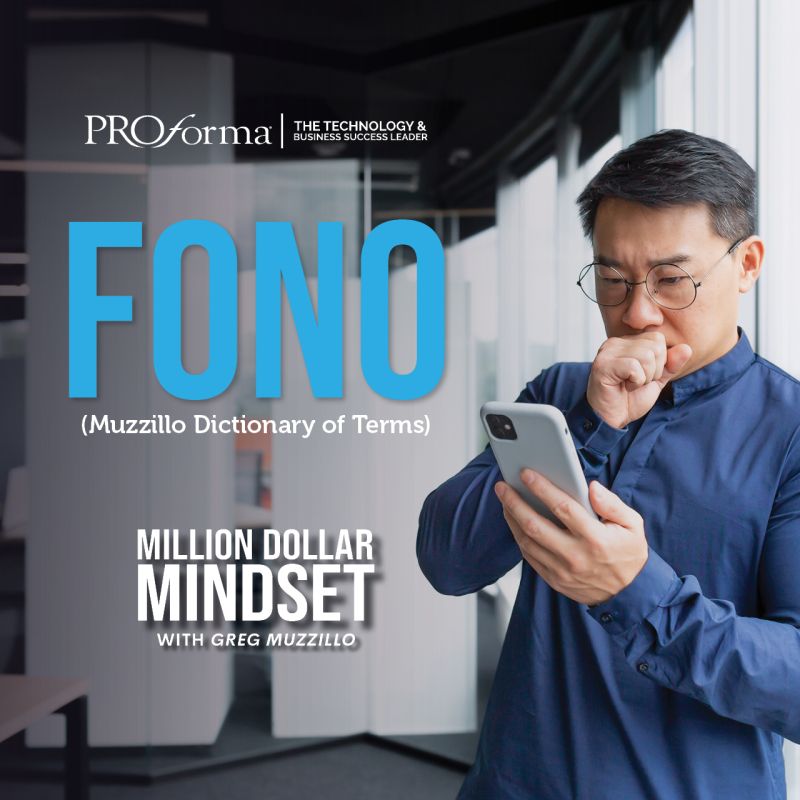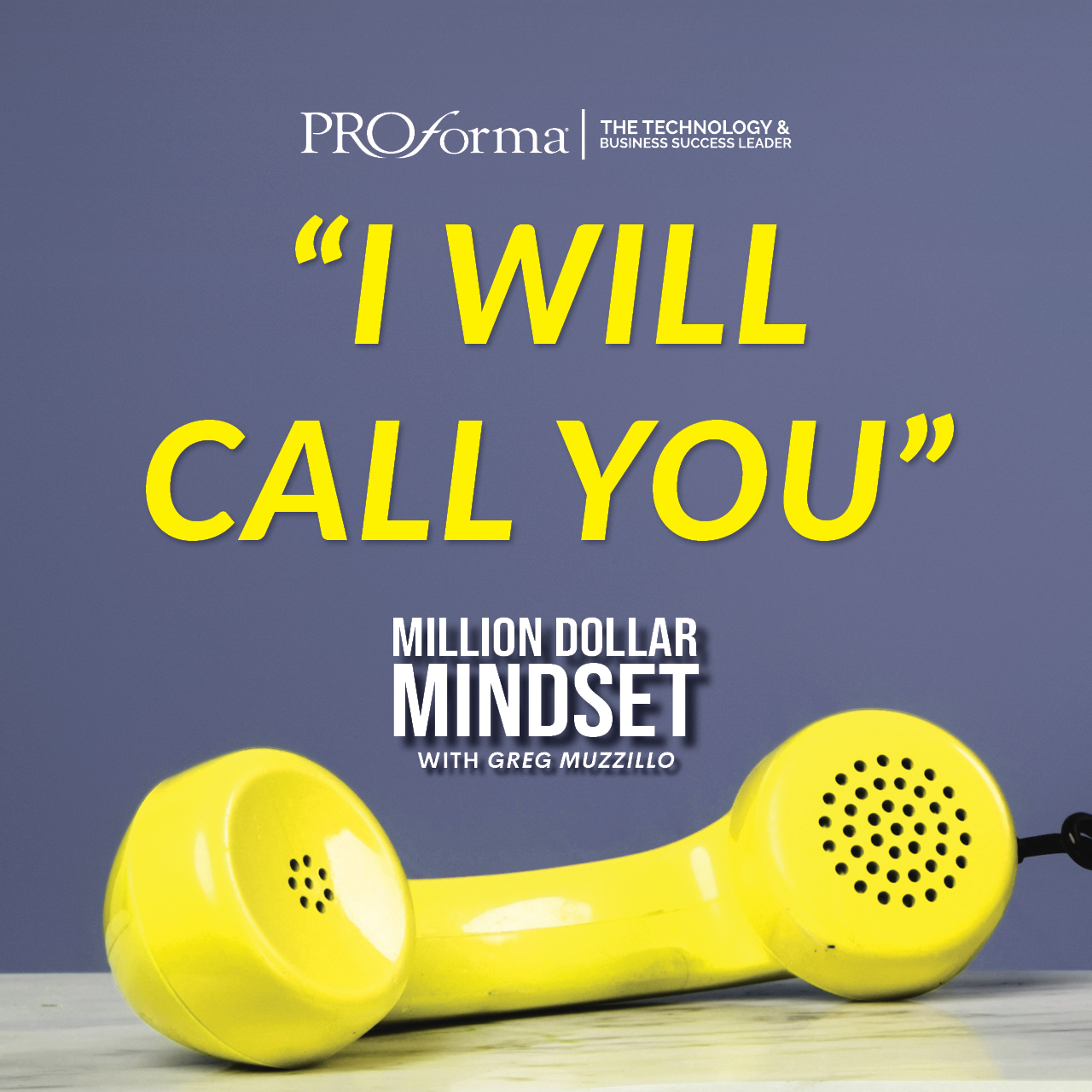Ah, baseball season is upon us, and we find ourselves enthralled with the prospects of studying stats deep into the night and discussing with our peers. America’s pastime, after all, abounds in data, particularly thanks to the ubiquity of sabermetrics. The infatuation with numbers, however, does not need to end up limited to how players perform, as Mai Nguyen, an MBA student at the University of California, Davis, proved through her look at ballpark promotions. Thanks to her analysis, which centered on the 2012 Major League Baseball (MLB) season, we can reiterate something that we have known forever—bobbleheads rule!
We have given numerous nods to the collectibles through this space, as they have become a promotional products industry mainstay, with the world of sports being their most common source of success. Baseball certainly can claim the lion’s share of that exposure, so with that in mind, Nguyen looked at the 2012 MLB season to gauge how ballpark promotions, among other factors, swell attendance figures. While we are happy that someone conducted such a study, we think that if she had been able to look at more recent seasons, she would have seen an even greater connection between giveaways and ticket sales, as bobbleheads have exploded in popularity. But beggars can’t be choosers, so we were nonetheless giddy to see that the items have a noticeable affect on gate draws.
MLB’s 162-game regular season slate can seem, well, endless, thus necessitating compelling ballpark promotions—especially when the summer heats up and fans begin to see if their teams deserve contender or pretender status. Bobbleheads have become go-to tools for MLB clubs, with Nguyen noting that, “Since 1999, promotional departments of MLB teams have been using these little men to squeeze extra attendance, as fans love it.”
How many additional fans are franchises welcoming on bobblehead giveaway nights? Through the graduate student’s research, the answer, at least for the 2012 campaign, was 4,494 on average. Attendance increased by 24.7 percent for weekday games with a bobblehead promotion, and by 8.9 percent for weekend games. The Los Angeles Dodgers saw the biggest impact from bobblehead giveaways, drawing an average of 13,766 more fans for those games, followed by the Toronto Blue Jays (8,838) and the Atlanta Braves (6,678). Weirdly, the San Francisco Giants drew 1,023 fewer fans on bobblehead nights, making them the only MLB team for which the giveaways hurt attendance. (The study does not speculate as to why.)
Happy #OpeningDay! #LGM #ThisIsMyCrew #RedSoxNation #RingTheBell #FriarFaithful #MLBOpeningDay #MLB #baseball #bobblehead pic.twitter.com/4MqvMP61zf
— FOCO (@FOCOusa) March 28, 2019
Nguyen looked at various other elements that could influence the general public to head to professional baseball games, including weather, game time, the size of the team’s market, and other promotions. She found that bobbleheads led to attendance bumps no matter a team’s market size, and had a greater affect on attendance than shirt and cap giveaways, which had a small but noticeable positive affect on attendance. Fireworks nights had a fairly large impact, similar to that of bobbleheads.
We would venture to say that if someone were to see Nguyen’s work as motivation to look at more recent seasons, we would see that bobbleheads have become the giveaway most synonymous with heading to a game. Just look at each team’s 2019 promotional schedule, and you will see that nobody is shy about working with promotional products entities to have fans acquire a lasting memory of their stadium stops through bobbleheads. We also suspect that someone who wants to serve as Nguyen’s successor would not run into the sort of trouble she did with finding credible proof that all teams spiked in attendance when presenting bobblehead concepts.
It’d be interesting to see a similar study that accounts for more recent seasons, but based on Nguyen’s findings, it’s clear that ballpark promotions stand to continue to win favor if they more heavily rely on bobbleheads. It does not seem likely that fans will suddenly stop finding them fascinating, especially as micro-moments have come to gain distinction as bobblehead motivators. On the second full day of the MLB calendar, we are wondering not only who will emerge as World Series contenders, but also which teams will round the bases and win the title as bobblehead innovators. Let the games (and ballpark promotions) begin!



